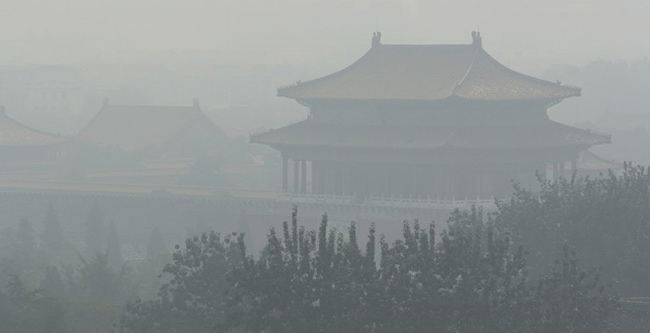Speculators who have lit a fire under overheating Chinese home prices have been slapped with surprise rule changes on the eve of the busiest property buying season.
The government has put the measures into place from this week in a bid to cool raging prices.
Nine cities so far have had the new controls put in place, but the government plans to roll them out nationwide.
In the capital Beijing, first time buyers have to slap down a 35% deposit, while second time buyers must find a 50% deposit.
In Chengdu, buyers are limited to one having one home and movers have to put down a 40% deposit.
Other measures include caps on the number of properties investors can buy, size limits on homes and tightening up mortgage criteria to make borrowing harder.
Huge house price increases
The restrictions follow a number of reports showing rising prices across China.
One of the latest, from international property consultants Knight Frank, has six Chinese cities in the top 10 of home price changes tracked in 150 global locations.
Shenzhen is top, with a year on year increase of 47.4%. Shanghai is second with a 33.8% rise and Nanjing third with 31.5%. Although heading the chart, Shenzhen has seen a massive drop in house price growth – last year’s rate was 63%.
Beijing takes sixth place with a 22.3% increase, Guangzhou is seventh with growth of 19.4% and Hangzhou eighth with a 17.4% rise.
Budapest, Hungary, breaks into fourth place with prices rising 23.6% and Vancouver is fifth with a 23.4% increase. Local authorities have recently introduced cooling measures in the Canadian city.
Moscow is worst performer
The firm calculated average house price growth for the year ending June 2016 as 5.5%, which is the strongest rate reported in the past two years.
Bristol is the UK’s top performer with a 15.3% growth rate in 12th place. London came 16th with prices rising by 14.4%.
Overall, 114 cities saw house prices rise – with 31 recording double digit increases.
The bottom three were Moscow, Russia (-11.2%); Jaipur, India (-10.3%) and Hong Kong (-8.1%).
Knight Frank’s Kate Everett-Allen, an international research partner, said: “The ascension of Chinese cities has been rapid. According to China’s National Bureau of Statistics, the average annual rate of growth for the top 10 performing Chinese cities equates to 22% in the year to June, a year earlier the comparable figure was -1.1% for the same ten cities.”
